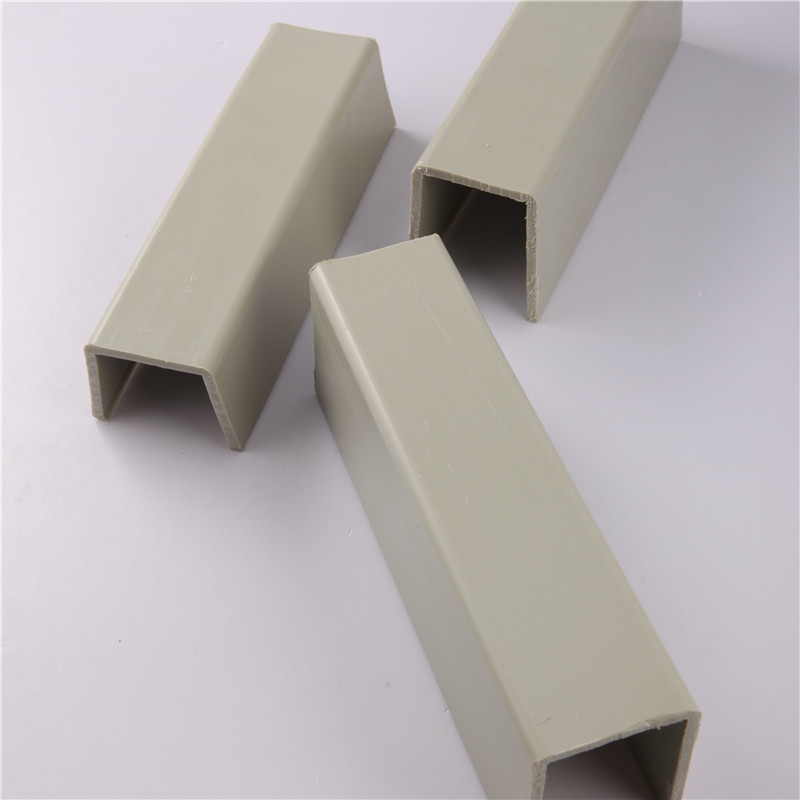Ноя . 06, 2024 18:30 Back to list
Optimizing PPR Pipe Performance for Enhanced Fluid Flow Efficiency
Understanding PPR Pipes A Comprehensive Guide
PPR pipes, also known as polypropylene random copolymer pipes, have gained immense popularity in various applications due to their numerous advantages over traditional piping materials. As the demand for efficient and sustainable plumbing solutions continues to rise, understanding the characteristics, benefits, and applications of PPR pipes becomes increasingly important for both consumers and professionals in the industry.
What are PPR Pipes?
PPR pipes are made from a thermoplastic material known as polypropylene, which is further modified to create a random copolymer. This innovative manufacturing process results in pipes that exhibit exceptional durability, flexibility, and resistance to high temperatures and pressures. PPR pipes come in various sizes and colors, typically green or white, and can be used alongside different fittings to create a comprehensive plumbing system.
Advantages of PPR Pipes
1. Durability One of the primary advantages of PPR pipes is their outstanding durability. They have a long lifespan, often exceeding 50 years, making them a cost-effective solution over time. They are resistant to corrosion, scaling, and chemical damage, ensuring that they remain functional and reliable under various conditions.
2. Temperature Resistance PPR pipes can withstand high temperatures, making them suitable for both hot and cold water applications. They typically operate effectively in temperature ranges between -20°C to 95°C, which allows their use in residential, commercial, and industrial settings.
3. Lightweight and Easy to Handle Compared to metal pipes, PPR pipes are significantly lighter, making them easier to transport, cut, and install. This lightweight nature also reduces labor costs during installation, as workers can handle the materials more efficiently without specialized equipment.
4. Hygienic and Safe PPR pipes are non-toxic and do not leach harmful chemicals into the water supply. They comply with international health standards, making them a safe choice for potable water systems.
5. Low Thermal Conductivity PPR pipes have low thermal conductivity, which helps to minimize heat loss in hot water systems. This feature can contribute to energy savings, making them an environmentally friendly option.
ppr pipe

6. Leak-Free Joints PPR pipes can be joined using a fusion process, which creates a solid connection at the joints. This method eliminates the risks of leaks that are common in traditional mechanical fittings, enhancing the reliability of the overall system.
Applications of PPR Pipes
PPR pipes find a wide range of applications across various sectors
1. Plumbing Systems They are extensively used in residential and commercial plumbing for both hot and cold water supply systems.
2. Heating Systems PPR pipes are ideal for central heating systems, including radiant floor heating due to their ability to withstand high temperatures.
3. Industrial Applications Industries that require the transport of aggressive chemicals or high-temperature fluids often opt for PPR pipes due to their chemical resistance and durability.
4. Irrigation In agricultural settings, PPR pipes are used for irrigation systems, providing a reliable and long-lasting solution for water distribution.
5. Waste Management They can also be used in waste management systems, including sewage and drainage applications, thanks to their resistance to corrosion and degradation.
Conclusion
In conclusion, PPR pipes are a versatile and efficient solution for modern plumbing and piping needs. Their durability, temperature resistance, and hygienic properties make them an ideal choice for a wide array of applications, ranging from residential plumbing to industrial processes. As the construction and plumbing industries continue to evolve, the adoption of PPR pipes is likely to increase, further highlighting the importance of understanding this innovative material. Whether you are a homeowner, contractor, or industry professional, incorporating PPR pipes into your projects can lead to long-term benefits, cost savings, and enhanced operational efficiency.
-
25mm PVC Irrigation Pipe - Durable & Efficient Watering Solution for Farms & Gardens
NewsJul.05,2025
-
HDPE Culvert Pipe Supplier – Durable, Leak-Proof & Easy Installation Solutions
NewsJul.05,2025
-
High Transparency PVC Clear Sheet Super Transparency PVC Sheets & HDPE Cutting Board Supplier
NewsJul.04,2025
-
High-Quality PVC-M Pipe Supplier Trusted PVC Pipe Company & 75mm PVC Connection Pipe Solutions
NewsJul.04,2025
-
PVC Transparent Sheet Roll - Durable & Flexible PVC Plastic Sheet Roll for Industrial & Home Use
NewsJun.24,2025
-
High-Quality PVC PPR Pipes and Fittings Durable ERA PPR Solutions
NewsJun.10,2025

